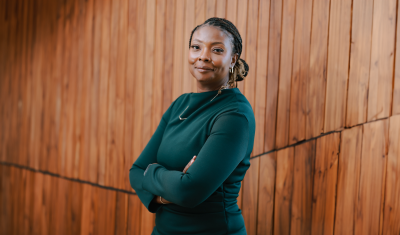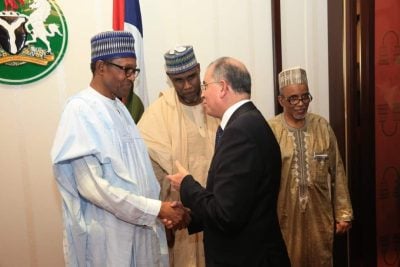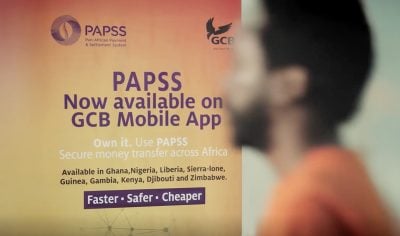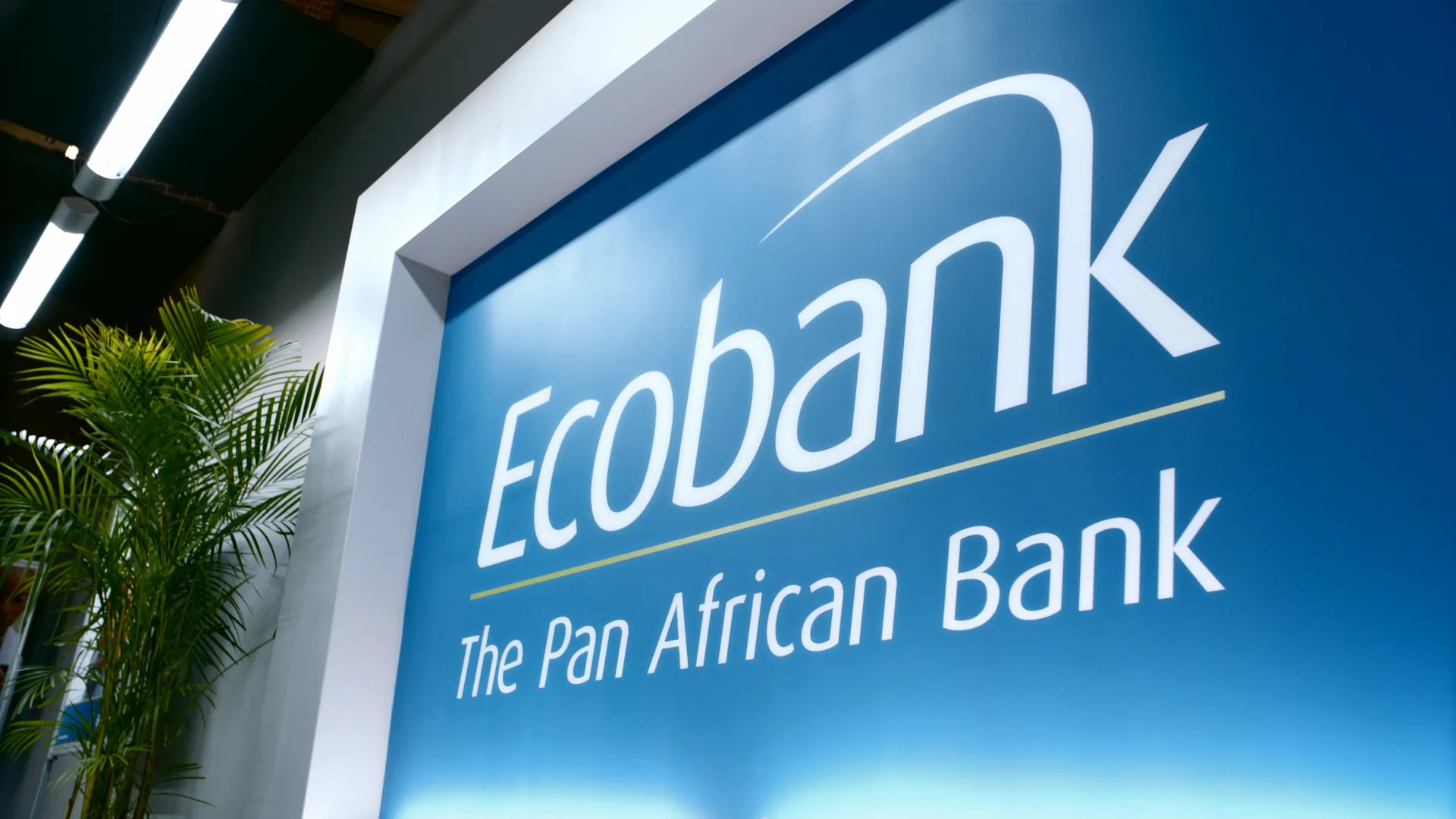
Given the dominance of the US dollar all over the world and its accompanying power to effectively control global trade, it is understandable that expectations that the 15th BRICS Summit in Johannesburg in August would launch an alternative currency would be met with considerable hype and even euphoria.
However, that euphoria all but dissipated during the summit, denuded by the in-person absence of Russian President Vladimir Putin, and the mysterious failure of China’s President Xi Jinping to attend a key session of the leaders.
Above all, the phrase ‘alternative BRICS currency’ never featured in the host, South African President Cyril Ramaphosa’s various speeches, including his final summing up of the Johannesburg II Declaration outcomes, or in the bloc’s Joint Ministers of Finance and Central Bank Governors Statement a week earlier.
Instead, the surprise consisted of the announcement that the organisation is to be expanded by six new members – Egypt, Ethiopia, Saudi Arabia, UAE, Argentina and Iran – effective from New Year’s Day 2024. However, the expansion to a motley collection of 11 members has merely served to further complicate the adoption of a potential single BRICS currency.
The dichotomies are evident. Russia and Iran have effectively been shut out from the global financial and payments systems. China is subject to selective sanctions. Egypt, Ethiopia, South Africa, Argentina and Brazil have entrenched economic and financial woes. That leaves India, whose global leadership ambition is driven by the fact that it recently overtook the UK as the fifth-largest economy in the world and the success of its Moon Mission, Chandrayaan.
The liquidity-rich Saudi Arabia and the UAE are heavily dependent on oil and gas revenues and their currencies are effectively permanently pegged to the US dollar, which remains by far the most important international currency for commodities trading and futures.
Any trade disruption through a new currency could result in huge lost opportunity costs to those countries opting in, because transition is likely to take up to a decade, especially in building the structural infrastructure required.
This includes the role of Lender of Last Resort, the reserve requirements in terms of central bank forex and gold holdings, the exchange rate mechanism and value of converting current reserves to the new currency, and the terms and conditions relating to monetary policy management, especially of differing inflationary, interest rate and other metrics.
Perhaps the final straw came in New Delhi in September at the G20 summit. US President Joe Biden persuaded India’s Prime Minister Narendra Modi, Presidents Ramaphosa and Lula da Silva of Brazil – three key BRICS members – to issue a joint statement to “reaffirm our shared commitment to the G20 as the premier forum for international economic cooperation to deliver solutions for our shared world.”
In this spirit, added the statement, “together with the World Bank President, we welcome the G20’s commitment to build better, bigger, and more effective multilateral development banks (MDBs).”
Related articles
- Two more African countries to join BRICS as bloc announces expansion
- BRICS bank sells rand-denominated bonds for first time
- BRICS’ maturation hastens advent of multipolar world
Pushing the Western agenda
One of the key gripes of developing nations is that the Bretton Woods MDBs, set up in the aftermath of World War II, especially the World Bank/IMF Group, are too Western-centric, pushing a Western economic and financial agenda at the expense of the Global South. This perceived Western financial hegemony holds developing nations hostage to the terms and conditions of financing facilities, SDR allocations (the Special Drawing Rights [SDR] being the IMF’s unit of currency) and the cost of finance, all of which often contribute to a spiralling sovereign debt trap: the borrowing nations’ economies cannot generate enough revenues to service the debt, which forces them to borrow even more.
Part of the solution for what the South considers a fairer financial architecture would be for an alternative to the US dollar as the prime global reserve currency, that can fulfil most of the financial function that the dollar now does.
However, the G20 Summit in Delhi exposed potentially serious fault lines which could undermine the very establishment of a BRICS currency. Modi leveraged the absence of Xi Jinping and Vladimir Putin in New Delhi to push forward his own Indian internationalist global leadership agenda as a riposte to China’s border dispute with India, and Beijing’s territorial claims in the South China Sea. His reward is closer defence and economic cooperation with the US.
There was also the launching of two key and inclusive corridors involving low-and-medium-income countries (LMICs).
They include a new India-Middle-East-Europe Economic Corridor, “to usher in a new era of connectivity with a railway, linked through ports connecting Europe, Middle East, and Asia,” but really to counter China’s Road and Belt Initiative; and a strong US and EU commitment to develop the Trans-African Lobito Corridor through a greenfield railway line, connecting DRC and Zambia to regional and global trade markets via Lobito Port in Angola.
The funding for the above projects is under the aegis of the Partnership for Global Infrastructure and Investment (PGII), established last year to invest in infrastructure in LMICs.
President Biden personally singled out Sheikh Mohammed bin Zayed Al Nahyan of the UAE for his commitment to PGII. Abu Dhabi and Saudi Arabia, two of the BRICS member invitees, are expected to play an important role in PGII. The BRICS Joint Ministers of Finance and Central Bank Governors have set up a Task Force on Public-Private Partnerships and Infrastructure.
African countries also have a credibility and commitment dichotomy. Take for instance the Southern Africa Development Community (SADC) – the member countries led by South Africa are bound by its treaty to establish a single currency.
The initial target date of 2018 has long passed, and the indications are that any implementation date is several years into the future. How then would South Africa navigate accession to a proposed BRICS currency? Would it take precedence over a single SADC currency?
Examining the options
So, what are the options for the evolution of an alternative BRICS currency? Only the Chinese renminbi (RMB) has the potential capacity, reach and financial backing to eventually rival the greenback as an international currency. That could take over a decade to materialise, and would raise the same questions regarding dominance, hegemony, lender of last resort and exchange rate fluctuations levelled at the US dollar.
In any case, the latest data from SWIFT shows that the RMB has a long way to go in matching the dominance of the US dollar as the active currency for global payments by value in the world.
An alternative solution could be a basket of strong currencies, akin to the IMF’s SDR which, although not a currency but an international reserve asset, is backed by the dollar, euro, RMB, yen and sterling. The only problem is that the RMB is the only ‘strong’ currency in the BRICS cohort.
One other option is the emergence of a gold-backed BRICS currency mediated through the Shanghai Gold Exchange – akin to a return to the Gold Standard – instead of foreign exchange reserves held in US dollars, as is the current practice.
For Q2 2023, total gold reserves held by the five BRICS nations amounted to 5,495.59 tonnes. Russia had 2,329.63 tonnes, followed by 2,113.46 tonnes for China, 797.44 tonnes for India, 125.41 tonnes for South Africa and 129.65 tonnes for Brazil. In contrast, the aggregate G7 gold reserves totalled a staggering 17,220.8 tonnes, led by the US at 8,133.46 tonnes, way more than the entire BRICS reserves.
That said, the emergence of an alternative international hard currency to the US dollar is both inevitable and logical given the shifting sands of global capital ownership away from traditional markets in the US, Europe and Japan to the oil-rich Middle East, China and to a lesser extent Russia. The only question is when and in what form. We live in a world where what was unfeasible yesterday is part of the furniture today; so anything is possible.
Want to continue reading? Subscribe today.
You've read all your free articles for this month! Subscribe now to enjoy full access to our content.
Digital Monthly
£8.00 / month
Receive full unlimited access to our articles, opinions, podcasts and more.
Digital Yearly
£70.00 / year
Our best value offer - save £26 and gain access to all of our digital content for an entire year!
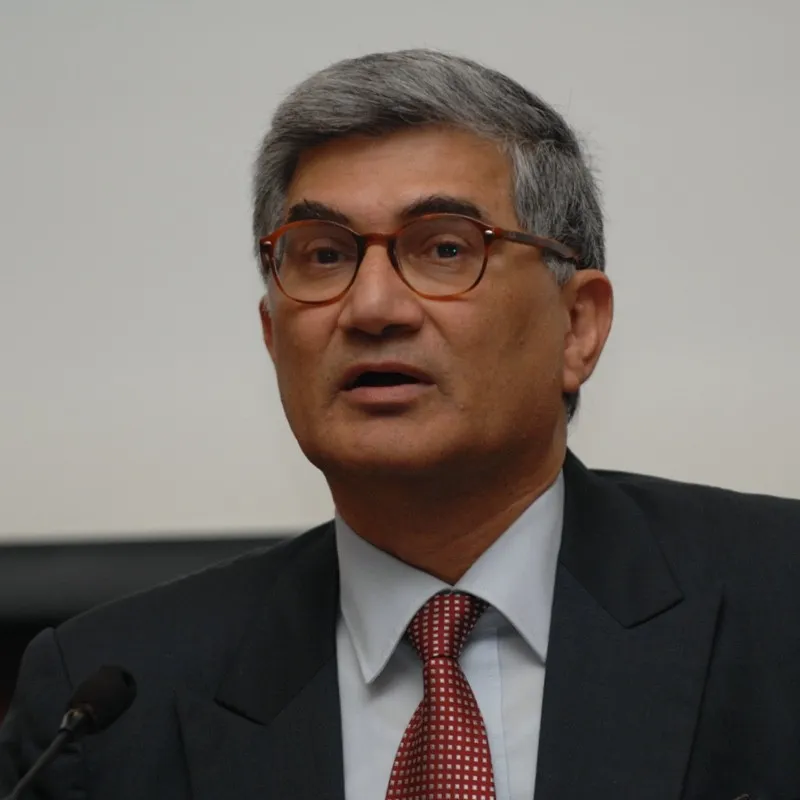
 Sign in with Google
Sign in with Google 
